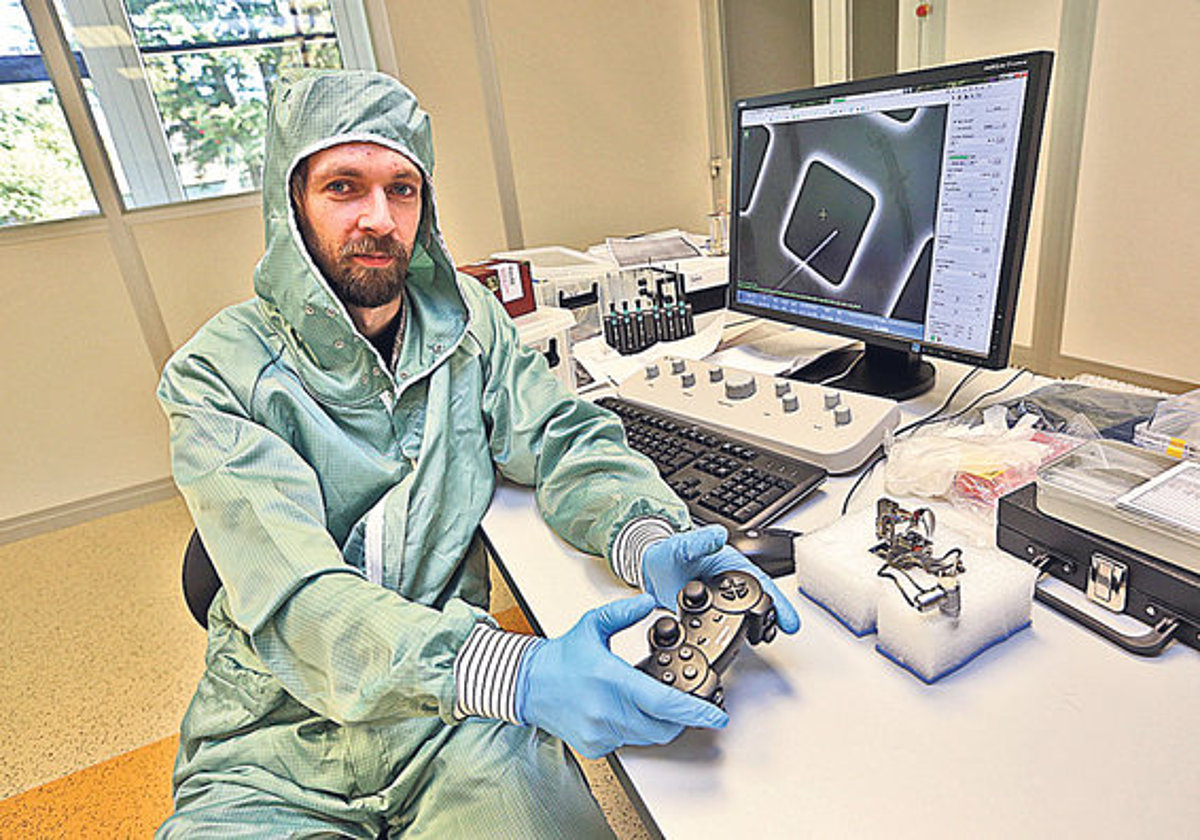
“The reasons behind the reported effect are completely different from those that are responsible for shape memory of well-known shape-memory alloys,” emphasized the main author of the paper, materials science research fellow Sergei Vlassov the importance of the discovery.
Discovered phenomena is interesting not only from fundamental point of view, but can be very useful in practical applications. For example, it is known that silver nanowires can trap and guide light in desired direction without losses. Whereas wavelength of confined light can be bigger than diameter of the nanowire, which is impossible in the frameworks of classical physics.
A significant degree of bending is often required in waveguide applications. Any cracks introduced by bending will prevent lossless propagation of light inside the nanowire. Therefore, improvement of mechanical properties achieved via composite core-shell nanostructure is essential for performance and reliability of nanowaveguides.
“Moreover, ability to restore its profile in a controlled manner opens new opportunities in construction and functioning of nanoscale devices such as nanoswitches, nanoresonators etc,” explains Vlassov, adding that potential applications can also include nanosensor of beta radiation.
It should be noted, that investigation of individual nanostructures is tricky and requires extremely fine and sensitive tools. For their discovery, Estonian and Latvian researches used recently developed technique for nanomechanical testing inside a scanning electron microscope. Experiments consist in controllable manipulation (dragging, pushing, bending etc) of investigated nanostructure with simultaneous force registration. “Work can be quite entertaining and is in some ways similar to playing game console — the set-up is even equipped with a game console controller, yet, fun is incidental to what we do,” claims Vlassov.
Number of different nanostructures were investigated and lot of useful data was extracted. However, recent discovery is the most intriguing, since it clearly demonstrates, that combination of two different materials in a single core-shell heterostructure can lead to significantly enhanced and even completely novel properties.
Results of the study are published in Nano Letters - one of the most cited and reputable journals in the field of nanotechnology. [1]
Reference. [1] Sergei Vlassov, Boris Polyakov, Leonid M. Dorogin, Mikk Vahtrus, Magnus Mets, Mikk Antsov, Rando Saar, Alexey E. Romanov, Ants Lõhmus, and Rünno Lõhmus, Shape Restoration Effect in Ag–SiO2 Core–Shell Nanowires, Nano Letters, 2014, DOI: 10.1021/nl5019063
More information can be found in University of Tartu web page